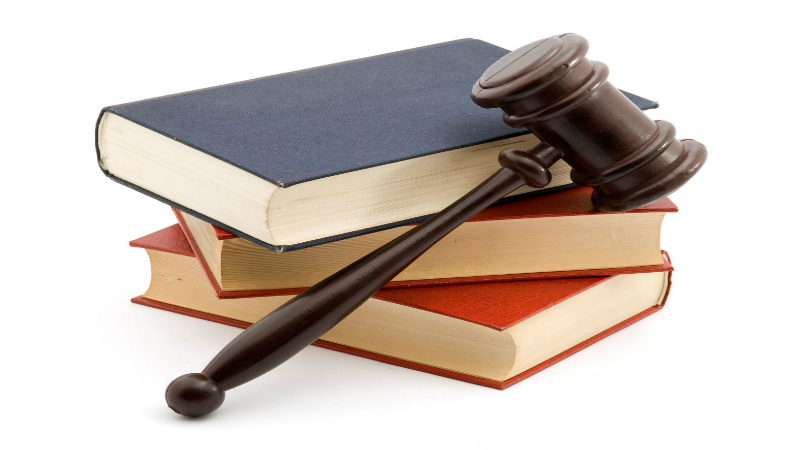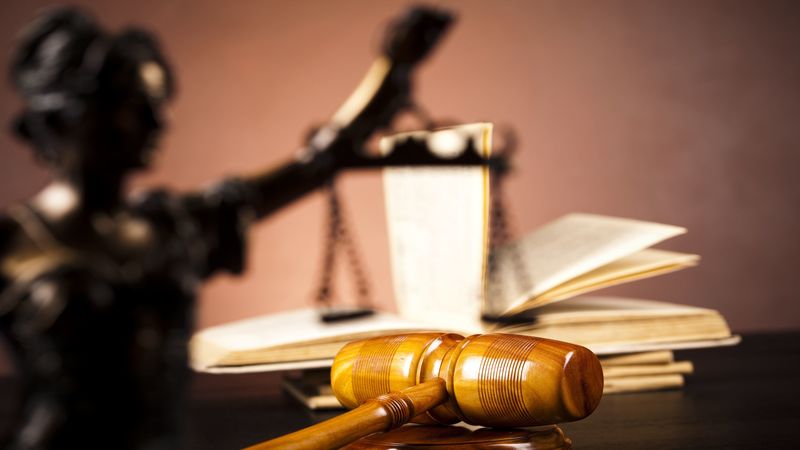Liability and fault are terms that define a person’s responsibility for an auto accident, as well as the obligation to pay for any damage caused. The person causing an accident is at fault, and is therefore liable for property damage and bodily injury. Most are at fault because of negligence or recklessness, which will be explained below.
Types of Auto Accident Fault
In most auto accident cases, a victim’s eligibility for damages is largely determined by fault. Some jurisdictions have no-fault statutes, meaning that each driver’s insurer pays for that person’s damages, regardless of fault. However, most areas consider each person’s share of fault, and they can limit damages collected based on that percentage. Jurisdictions take one of the following three approaches:
- In pure contributory negligence, a person cannot collect any damages if their actions played a role in the cause of the accident, even if the other driver was 99% to blame.
- In pure comparative fault, a victim is entitled to compensation at all times, but it can be reduced according to the percentage of blame they carry.
- In proportional comparative fault, the person who carries most of the blame can receive no compensation, while the person with the lesser responsibility can receive compensation based on their share of the fault.
Determination of Fault
In car accident cases, determination of fault is more complex than observing which vehicle struck the other. A personal injury attorney in Everett, MA will evaluate the police report for mentions of negligence, or issuance of citations. Statements from witnesses can help to put together a timeline of events leading up to the accident, and state law can also assign fault. Final rulings are somewhat subjective, except in the following two accident types.
- In a rear end collision, the driver in the rear is always at fault because they have failed to leave enough room between vehicles for a safe stop.
- In a left turn crash, the turning driver is at fault because they have made an unsafe turn. Exceptions can be made in cases where the other driver runs a red light or is speeding.
Practicing safe driving can reduce the chances of a serious accident, and it can reduce or eliminate liability if one occurs. A personal injury attorney in Everett, MA will offer a Free Phone Consultation, and they can work to get their client’s share of fault reduced.
Visit website for more information.
Follow us on Facebook!



